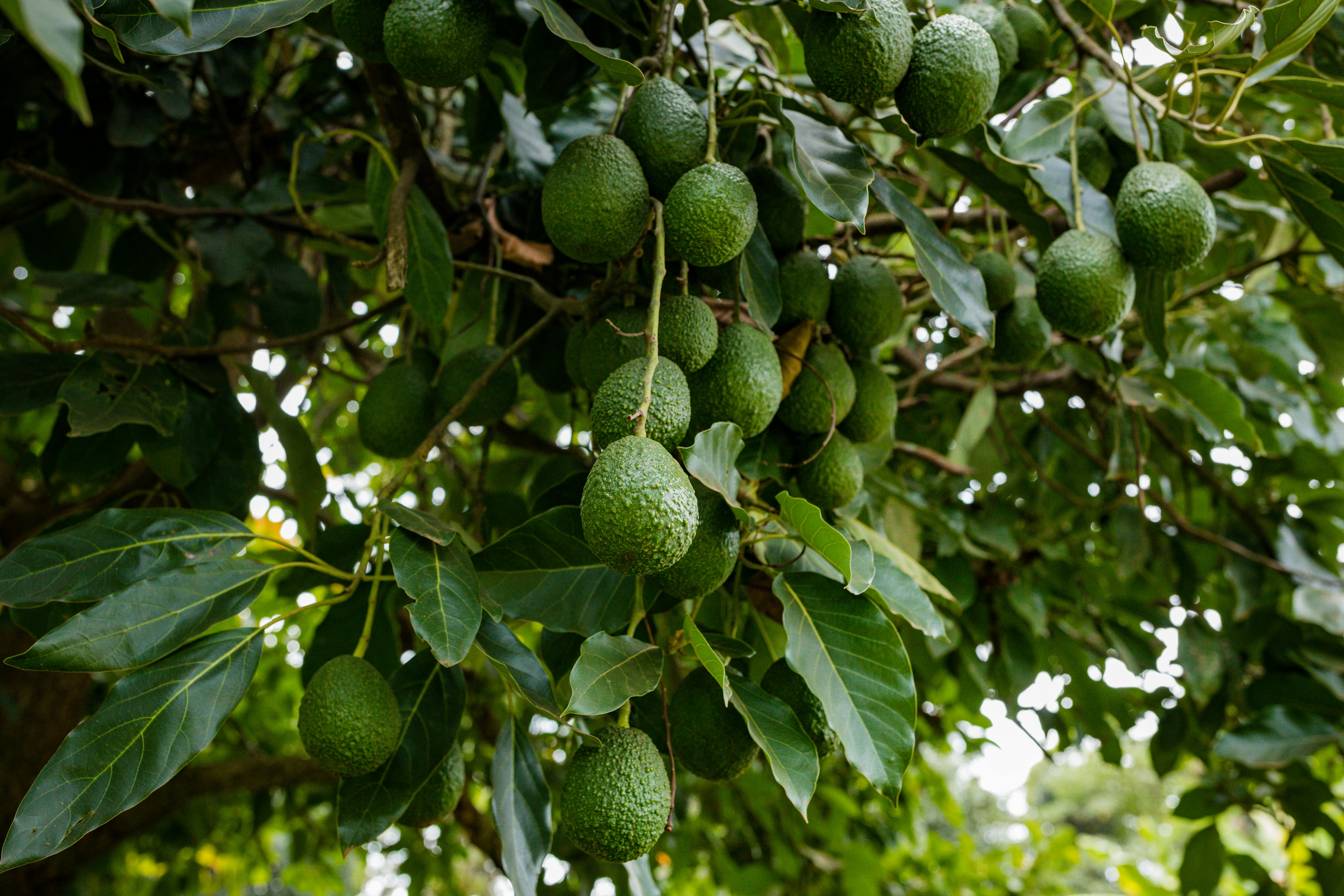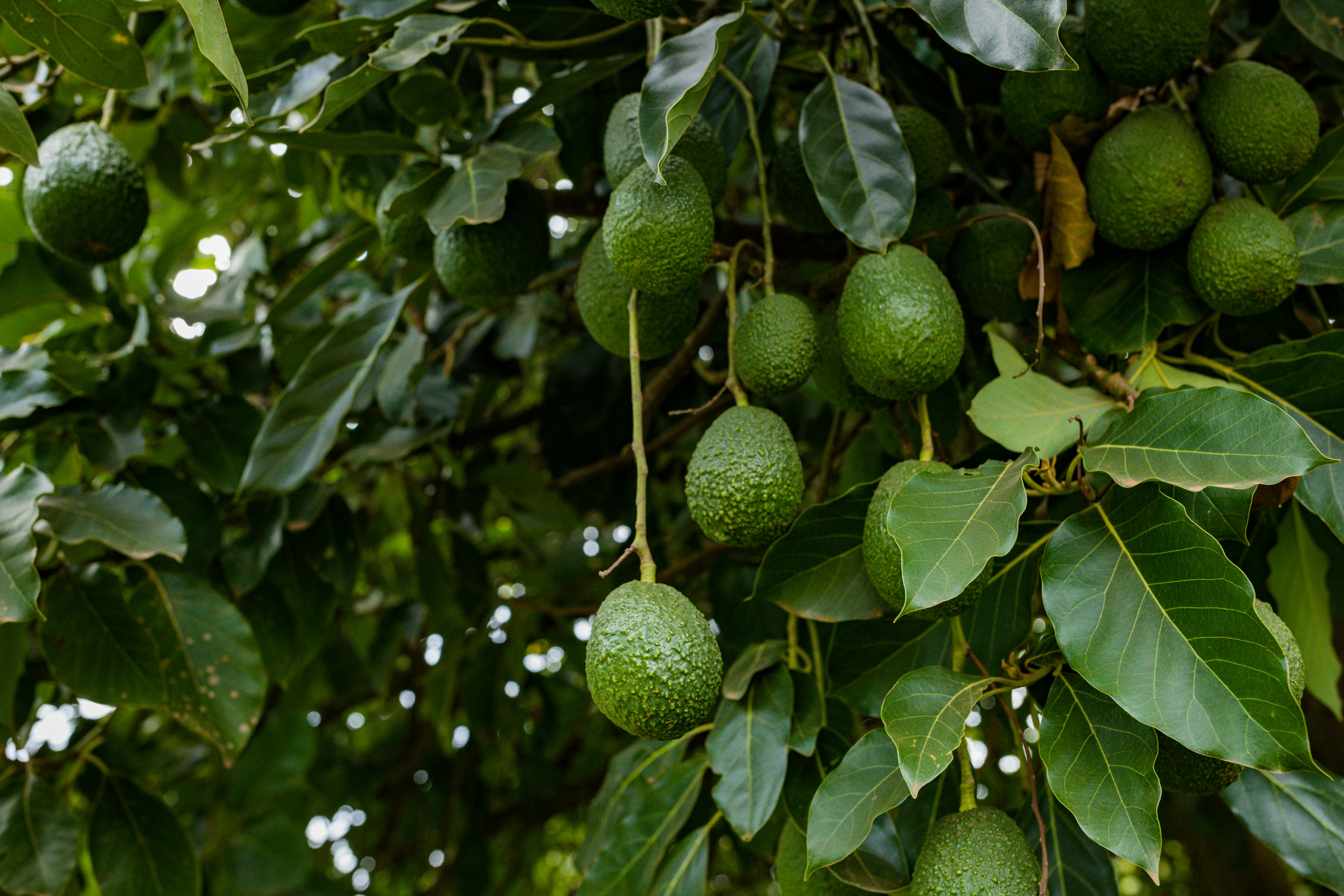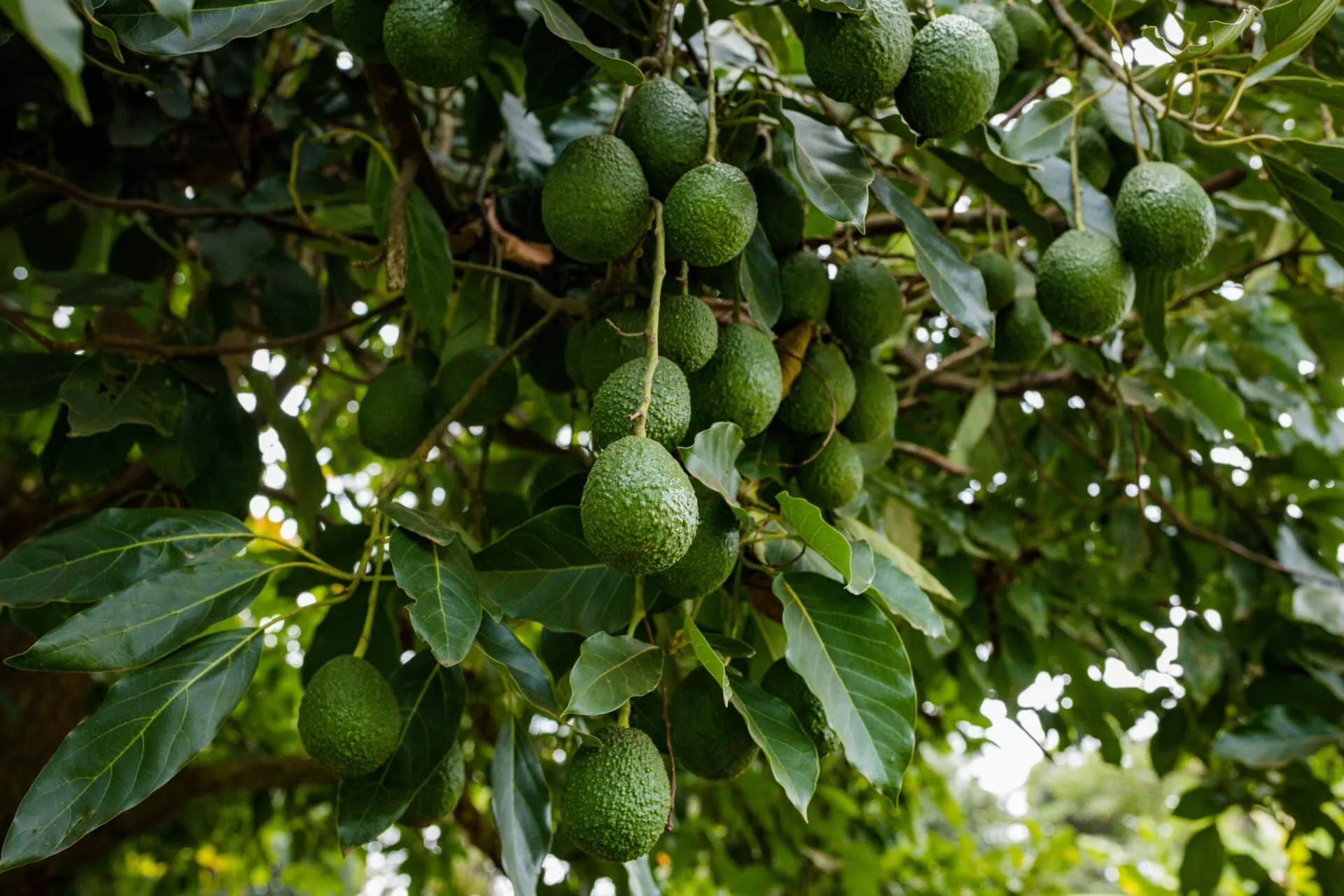Avocados are a popular and delicious fruit, and many people dream of having their own avocado tree in their yard. However, sometimes even the most dedicated gardeners can be stumped when their avocado tree won’t produce fruit. This article aims to answer the question: why won’t my avocado tree fruit? We will discuss some common issues that may be causing the lack of fruit production, as well as potential solutions to help get your tree back on track.There are several possible causes for an avocado tree not fruiting. These include: inadequate pollination, lack of adequate sunlight, incorrect water or fertilizer levels, or disease. Inadequate pollination can be caused by a lack of pollinators such as bees to transfer pollen from one flower to another. Avocado trees need full sun exposure for at least 8 hours a day in order to bear fruit. If the tree is planted in too much shade it may not flower. Too much or too little water and fertilizer can also inhibit flowering and fruiting. Finally, disease can also prevent an avocado tree from flowering and fruiting, so it’s important to keep an eye out for signs of disease such as yellowing leaves or spots on the leaves.
Possible Causes of Avocado Tree Not Fruiting
Fruiting in an avocado tree can be affected by many factors. Generally, the most common causes of an avocado tree not fruiting include inadequate light and water, improper pollination, fluctuating temperatures, and nutrient deficiencies.
Avocado trees require plenty of sunlight to produce fruit. If the tree is not getting enough light, it may struggle to flower and fruit. Providing the tree with at least 8 hours of direct sunlight each day will help ensure fruiting.
Water is also essential for avocado trees to produce fruit. If the soil becomes too dry or too wet, fruiting can be affected. It is best to provide a consistent supply of moisture to the soil by irrigating regularly and deeply.
Inadequate pollination can also affect an avocado tree’s ability to produce fruit. The flowers are self-sterile, meaning that they need a different variety for successful pollination. Planting two different varieties nearby can help ensure that adequate pollination takes place for successful fruit production.
Fluctuating temperatures can also interfere with the production of avocados on an avocado tree. Temperatures that are too cold or too hot can cause flowers to drop prematurely or fail to open altogether, preventing pollination and subsequent fruiting.
Finally, nutrient deficiencies in the soil may also contribute to an avocado tree not fruiting properly. Applying a balanced fertilizer regularly according to manufacturer’s instructions can help ensure that any nutrient deficiencies are corrected and the tree is able to produce healthy fruits.
Location
The first thing to consider when an avocado tree does not produce fruit is the location of the tree. Avocado trees need plenty of sunlight and good soil drainage in order to bear fruit. If the tree is planted in a shady area, it may not be getting enough sunlight. In addition, if the soil does not have adequate drainage, then water may be pooling around the roots of the tree and preventing it from bearing fruit.
Age
Another factor to consider is the age of the avocado tree. Avocado trees typically do not bear fruit until they are at least three years old. If a young tree isn’t producing any fruit, it may just need more time to mature before it can start producing avocados.
Nutrient Deficiencies
Nutrient deficiencies can also prevent an avocado tree from producing fruit. Avocado trees require a balanced and consistent supply of nitrogen, phosphorus, and potassium in order to produce healthy fruits. If there are any deficiencies in these nutrients, then it could be preventing the tree from bearing its fruits.
Pruning
Pruning is another important factor when considering why an avocado tree is not producing any fruit. Pruning encourages new growth and helps keep avocado trees healthy and productive. If a tree has not been pruned regularly or correctly, then that could be preventing it from bearing its fruits.
Pollination
Finally, another factor to consider is pollination. Avocado trees must be pollinated by bees in order for them to produce avocados. If bees are absent or if there aren’t enough of them, then pollination may not occur and avocados will not form on the tree.
Signs of an Unhealthy Avocado Tree
Avocado trees are a popular choice for commercial and home gardens alike, but there are several signs to watch for that indicate an unhealthy tree. Yellowing or browning leaves, wilting, and stunted growth can all be indicators that the tree is not getting what it needs. An avocado tree can also become diseased if it is not properly cared for. Here are some of the signs of an unhealthy avocado tree:
Yellowing or Browning Leaves
One of the most common signs of an unhealthy avocado tree is yellowing or browning leaves. This is usually caused by incorrect watering habits or other environmental stressors such as too much sun or too little water. If you notice this symptom, check the soil moisture to make sure it is not too wet or too dry. If necessary, adjust your watering habits accordingly.
Wilting Leaves
Another sign that your avocado tree may be unhealthy is wilting leaves. This can be caused by lack of water, but it can also be caused by diseases such as root rot. If you notice wilting leaves on your avocado tree, check the soil moisture to make sure it’s not too dry. If the soil moisture is adequate, then it may be a sign that your tree has a disease and needs to be treated.
Stunted Growth
Stunted growth on an avocado tree can indicate several different issues. It could mean improper watering practices, nutrient deficiencies in the soil, or even pests such as scale insects or root nematodes. To diagnose this issue, inspect the roots and foliage for any signs of pests or disease and adjust your care practices accordingly.
By keeping an eye out for these signs of an unhealthy avocado tree you can make sure your trees remain healthy and productive for many years to come!
How to Make Sure Your Avocado Tree Is Healthy
Having an avocado tree in your backyard is a great way to enjoy fresh avocados whenever you want. But to ensure a successful harvest, you need to make sure your avocado tree is healthy. Here are some tips on how to do just that.
The first step to keeping your avocado tree healthy is making sure it has enough water. The amount of water an avocado tree needs can vary depending on the climate and the time of year, but it should generally receive about one inch of water per week. Check the soil around your tree regularly and add more water as needed. It’s also important to make sure there are no drainage issues near the tree, as too much standing water can cause root rot.
Next, make sure your avocado tree is receiving enough sunlight. Avocado trees need at least six hours of direct sunlight per day in order to thrive. If your tree isn’t getting enough light, you may need to move it or provide additional shade with a sun shelter or other structure.
Your avocado tree also needs plenty of nutrients in order to stay healthy. Fertilize your tree every few months with a balanced fertilizer that contains nitrogen, phosphorus, and potassium in equal amounts. You can also give your tree an extra boost by adding compost or other organic material around its base every few months.
Finally, prune your avocado tree regularly to keep it healthy and encourage new growth. Prune off any dead or diseased branches as well as any branches that are growing in an unnatural direction or taking away from the overall shape of the tree. Make sure not to prune too much at once though – just take off what’s necessary and avoid over-pruning!
By following these simple steps, you can ensure that your avocado tree stays healthy and produces plenty of delicious fruit for years to come!

How to Know If Your Avocado Tree Is Ready to Produce Fruit
If you have an avocado tree in your backyard, you may be wondering when it will be ready to bear fruit. Knowing when your tree is ripe and ready for harvest is essential for getting the most out of it. There are a few key indicators that can help you determine when your avocado tree is ripe and ready for harvest.
The first indicator of a ripe avocado tree is the size of its leaves. The leaves should be between 4 and 8 inches in length, and they should look bright green in color. If the leaves are too small or too big, then the tree may not be mature enough to produce fruit. Additionally, if the leaves look yellowish or brownish, then this could indicate that the tree is not getting enough nutrients or water and should be checked out by a professional.
The second indicator of a ripe avocado tree is the size of its branches. The branches should be sturdy enough to support the weight of any fruit that will eventually grow on them. If the branches are too thin or weak, then they may need additional support so they can bear heavier fruits later on.
The third indicator of a ripe avocado tree is its trunk size. The trunk should be at least 1 foot in diameter at its base before it can successfully bear fruit. This helps ensure that there is enough room for all of the fruits to develop without overcrowding each other on the branches.
Finally, a ripe avocado tree should have flowers present throughout its growing season. These flowers will eventually turn into small fruits if pollinated correctly by bees or other insects in your area. Once these fruits start to appear, they will gradually grow bigger until they are ready for harvest!
How Much Sunlight Does an Avocado Tree Need?
Avocado trees need plenty of sunlight to thrive. The ideal amount of sunlight for avocado trees is 8 to 10 hours per day. In areas where the temperature does not get very hot, such as coastal regions, avocado trees can do well with less sunlight. However, in areas with hot summers, avocados will need a minimum of 8 hours of direct sunlight per day to produce healthy fruit.
Avocado trees love full sun and will do best if planted in a spot that receives direct sun all day long. A south-facing location is ideal for avocados as it offers the most hours of direct sun per day. If you live in an area where summers are especially hot, consider planting your avocado tree in a location that gets some afternoon shade from a tall tree or building structure.
Avocado trees are also sensitive to wind exposure and should be planted in a sheltered area, away from strong winds that can dry out the soil and cause damage to young branches and leaves. If necessary, you can construct a fence or wall around your avocado tree to protect it from strong winds.
In areas with hot summers, it’s important to provide adequate water for your avocado tree during its first year after planting. Make sure the soil stays moist but not soggy by providing supplemental irrigation during dry periods or periods of extreme heat. Once the tree is established it will be more drought tolerant and able to withstand periods without water without serious damage.
Avocados are surprisingly hardy plants that can tolerate some shade but they will do best with 8-10 hours of direct sunlight each day in areas with hot summers. Plant your avocado tree in a spot that gets full sun and shelter it from strong winds if possible for optimal growth and fruit production
What Type of Soil Is Best for Planting an Avocado Tree?
Avocado trees grow best in well-draining soil that is slightly acidic, with a pH of 6.0 to 6.5. Sandy loam soil is ideal for planting avocado trees, as it provides adequate drainage while still providing enough water retention to keep the tree hydrated. The soil should be enriched with compost or aged manure to provide the tree with the nutrients it needs for optimal growth. Additionally, avocado trees benefit from mulching around their base to help retain moisture in the soil and prevent weeds from growing. Proper soil preparation is essential for a healthy avocado tree, so it’s important to take care when planting your tree.

Conclusion
Avocado trees are unique in that they require a lot of care but can still be temperamental. It is important to be able to recognize the signs of nutrient deficiency, over or underwatering, and pests that can prevent your tree from fruiting. With proper care and attention, an avocado tree can provide years of delicious fruit. It may take a few years for the tree to bear fruit, but with patience and persistence you will be rewarded with a bountiful harvest.
By understanding why your avocado tree may not be producing fruit yet, you can better diagnose and correct any underlying issues. With diligent care and plenty of patience, your avocado tree will soon begin to bear fruit!



